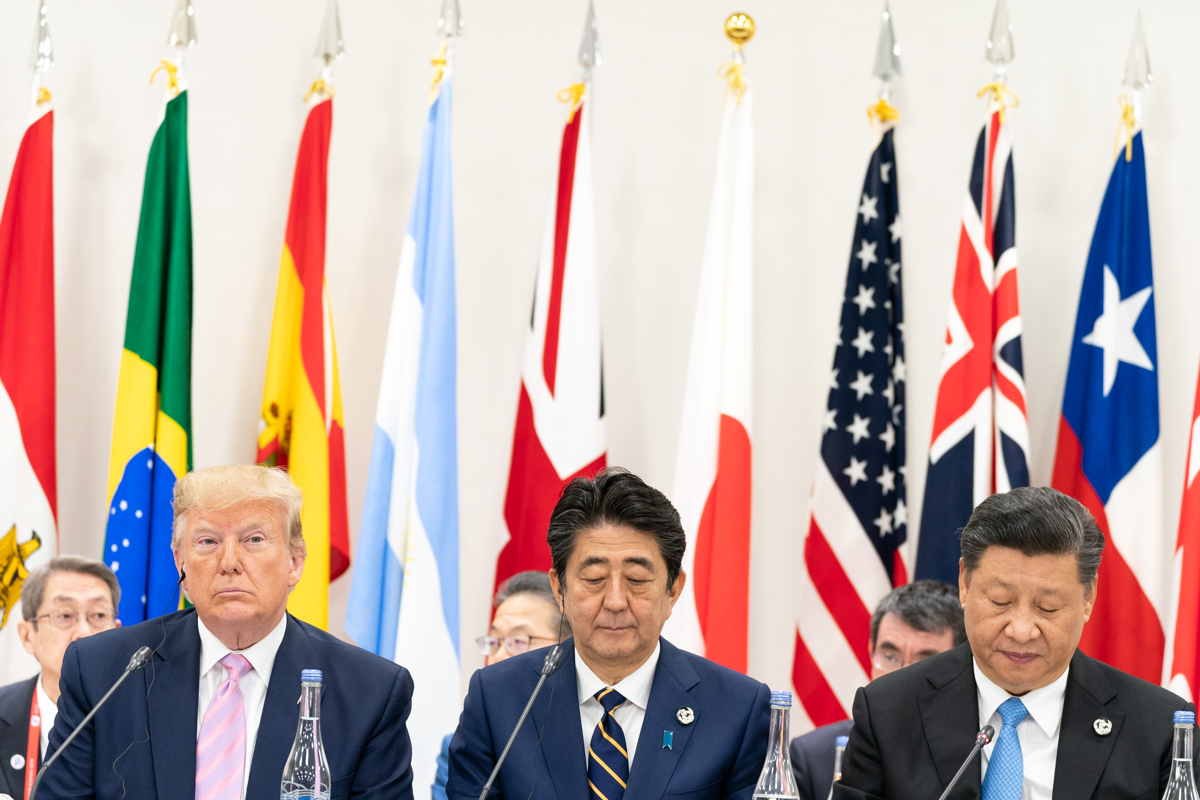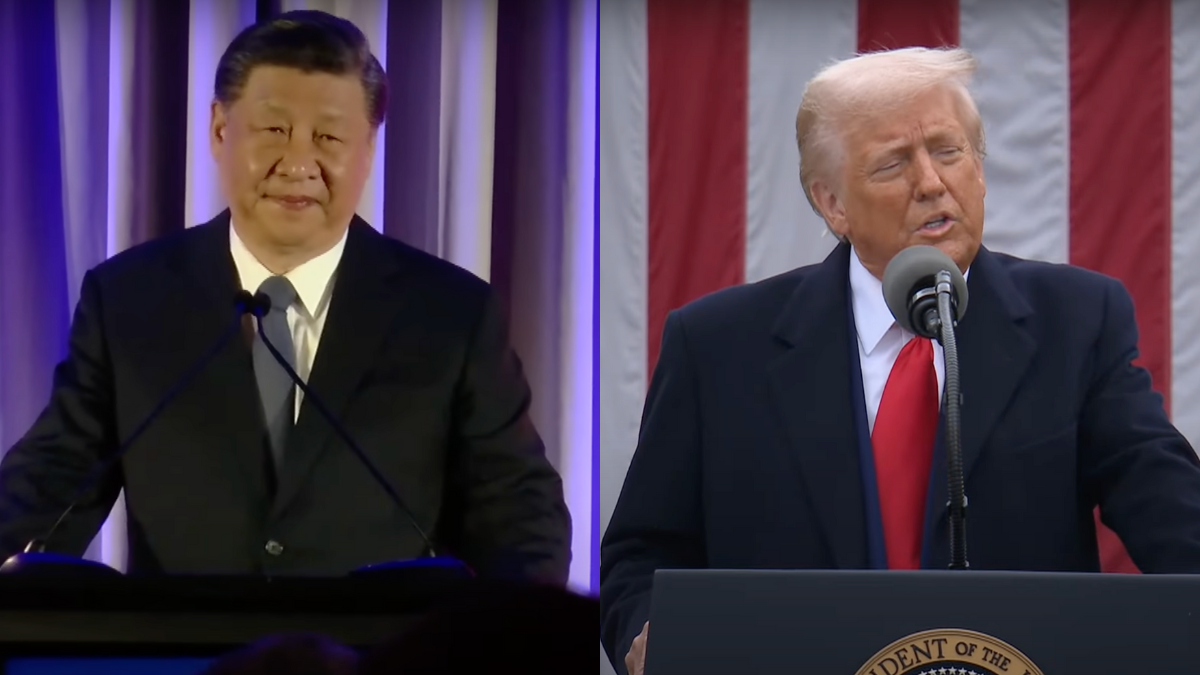The Fed That Made Millennials Rich Can Bankrupt Them Too
A recent article in The Wall Street Journal highlights a significant improvement in the financial status of millennials, driven largely by actions taken by the Federal Reserve. According to a report from the St. Louis Federal Reserve Bank, the median net worth for millennials born in the 1980s and 1990s has dramatically increased, doubling and quadrupling respectively between 2019 and 2022. Millennials and older Generation Z individuals now have an average net worth 25% higher than that of Generation X and Baby Boomers at the same age. Overall wealth for these groups has more than tripled from $4.5 trillion to $14.2 trillion, largely thanks to rising real estate values.
However, this wealth increase also masks the challenges millennials faced entering adulthood during the Great Recession, when low interest rates and poor financial policies contributed to widespread economic hardship. The Federal Reserve’s later monetary easing during the COVID-19 pandemic, aimed at stabilizing the economy, inadvertently fueled inflation and exacerbated wealth inequality. Younger generations who were able to purchase homes before interest rates rose benefited from the asset price increases, whereas those who could not have increasingly been locked out of the housing market. The article raises concerns about the Fed’s role in wealth inequality and the long-lasting impacts of its monetary policies.
A recent article in The Wall Street Journal cited new survey data to document a dramatic turnaround in the financial outlook of the millennial generation. The improvement, as with the reason millennials’ professional lives began with such a rocky start, has much to do with actions taken by the data compiler: the Federal Reserve.
It doesn’t take a rocket scientist to see an association between Fed policies and their effects on Americans’ financial lives. It provides yet another data point reinforcing that the Federal Reserve should move as far away as possible from the money-printing policies that have defined the last two decades of monetary and economic policy.
Wealth Measures Growing
An analysis by the St. Louis Federal Reserve Bank found that, adjusted for inflation, median net worth more than doubled for millennials born in the 1980s, and more than quadrupled for those born in the 1990s, from 2019 through 2022. (Median net worth refers to the 50th percentile of wealth and therefore minimizes the distortionary effects of a few people who have achieved extremely high net worth.)
The St. Louis Fed also found that millennials and older members of Generation Z had on average a 25 percent higher net worth than those in Generation X or the Baby Boom generation around the same age.
Overall, a Federal Reserve analysis concluded that the total wealth of millennials and older Gen Z members had more than tripled from the first quarter of 2020 to the first quarter of 2024, growing from $4.5 trillion to $14.2 trillion. The reason for the growth in net worth seems obvious, with the lion’s share coming from real-estate appreciation.
Boom-and-Bust Cycles
On one hand, the on-paper improvement in millennials’ finances tends to even out the horrific start many had to their professional and financial lives as adults. Many struggled to find jobs and establish their careers coming out of college, as the Great Recession and resulting economic stagnation ravaged finances well into the 2010s.
Along with other actors in the financial system, the Fed played a role in precipitating that economic crash. Unrealistically low interest rates and an emphasis by DC policymakers on increasing home ownership led to many families buying homes they could not afford. The financial losses on those subprime mortgages led the banking system to seize up in the second half of 2008, and the convulsions rippled through the economy for years.
Over a decade after a financial crash prompted by easy money, what did the Federal Reserve do? It turned on the printing presses again, this time due to the Covid-19 panic. While some degree of financial easing may have proved justified as a response to lockdowns, the Fed kept quantitative easing for far too long into 2022, helping to stoke the inflation explosion that continues to harm families.
That quantitative easing helped prop up asset values, contributing to the run-up in home prices that has helped some millennials increase their net worth. But that increase in asset prices has come with costs that go well beyond excessive inflation.
Exacerbating Inequality
The Journal article cites other Fed data to note that inequality has grown for millennials, with the inflation-adjusted gap between the richest 20 percent and poorest 20 percent growing compared to Baby Boomers at a similar age. As a professor quoted in the article noted, “One of the biggest wealth divides, especially for millennials, is did you buy a house in 2020 or before, or after? Or not at all?”
The Fed’s quantitative easing from 2020 through 2022 lowered interest and mortgage rates, increasing asset values — but only for those lucky enough to purchase back then. Higher mortgage rates have now locked out many families who didn’t purchase a few years ago. Paradoxically, high interest rates haven’t led to a softening of home prices; many families are unwilling to forfeit their existing low rates by moving, so supply remains incredibly tight, preventing the market from adjusting to a “new normal.”
Those lucky enough to get on the housing ladder while the Federal Reserve was printing money during lockdowns have a major leg up on their net worth. By contrast, those who couldn’t get on that ladder during that period now face an uphill climb that could last for years, even decades.
End the Easy Money
The fact that Federal Reserve policies have played such a critical, and obvious, role in millennials’ economic fortunes speaks to the failures of the past two decades. It also provides tangible evidence as to why the Fed should get out of the asset-purchasing business, rather than trying to micromanage the economy from Washington.
As I wrote back in November, for the past two decades, Americans have become addicted to easy money and cheap debt. Weaning ourselves off ultra-low interest rates won’t be easy, but the sooner we do it, the better we’ll be. Ignoring the problem would just drag out the agony and threaten another catastrophe.
Chris Jacobs is founder and CEO of Juniper Research Group, a policy consulting firm based in Washington, and author of the book “The Case Against Single Payer.” He appeared in the 1995 “Jeopardy!” Teen Tournament and is on Twitter: @chrisjacobsHC.
" Conservative News Daily does not always share or support the views and opinions expressed here; they are just those of the writer."





Now loading...